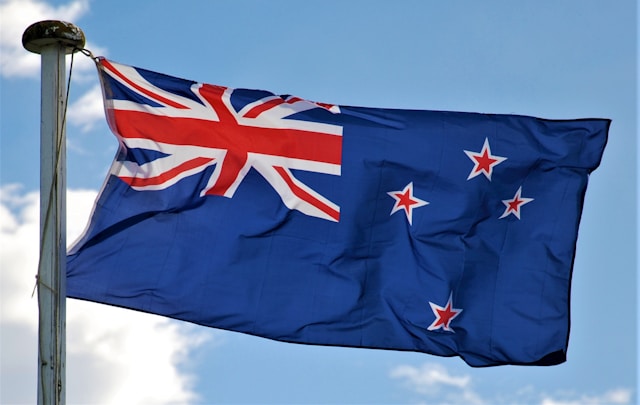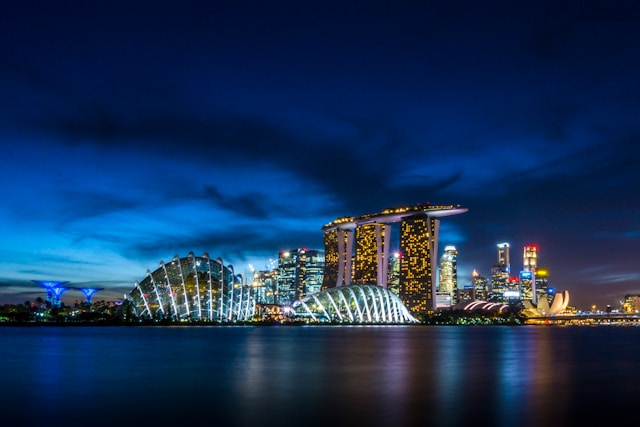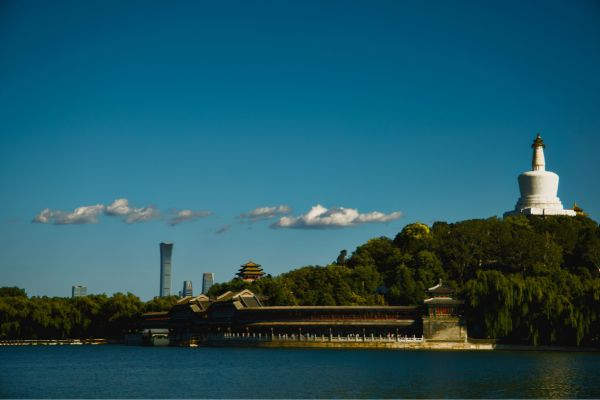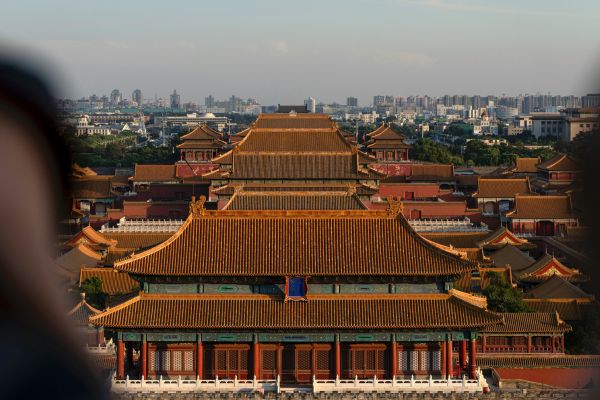
Yes, photographs taken automatically from hot-air balloons can be copyrighted under Chinese law, just like those created by human beings, as indicated in a Chinese court ruling in April 2020.
The judgment was made by the Beijing Intellectual Property Court in a dispute over ownership of and infringement on copyrights in Gao Yang et al. v. Golden Vision (Beijing) Film and Television Culture Co. Ltd. et al. (2017) Jing 73 Min Zhong 797) ((2017)京73民终797号), on 2 Apr. 2020.
I. Significance
In this judgment, the court held that the pictures taken automatically by the Plaintiff’s camera on the hot air balloon were under the protection of China’s copyright law, thus the Defendant’s unauthorized use of the pictures infringed upon the Plaintiff’s copyright.
This is the first time that the Chinese court has heard a copyright dispute involving photographs automatically shot by a camera, and was also the first time to confirm the copyright thereof.
II. Basic Information
The Plaintiff (the Appellant in the appeal): Gao Yang
The Defendant (the Appellee in the appeal): Youku Information Technology (Beijing) Co. Ltd.(优酷信息技术(北京)有限公司), Beijing Momo Technology Co. Ltd.(北京陌陌科技有限公司), Shanghai Quantudou Cultural Communication Co. Ltd.(上海全土豆文化传播有限公司), and Golden Vision (Beijing) Film and Television Culture Co. Ltd(金色视族(北京)影视文化有限公司).
Case Type: Dispute over ownership of and infringement on copyrights
III. Case Overview
On 3 Sept. 2014, the Plaintiff and Deng Jiahuan jointly planned and implemented an activity of flying a hot air balloon equipped with a camera to photograph the earth. In the event, Gao Yang and Deng Jiahuan fixed a camera on a balloon and set it to the recording mode. They released the balloon and the camera automatically recorded a video. During the recording process, neither the camera nor the flight of the balloon can be manipulated.
On 8 Sept. 2014, the Plaintiff released an article titled “The Naughty Kids Who Chase Balloons” on social media. The article was accompanied by pictures, some of which were taken from a video automatically recorded by the camera after the balloon was lifted off (“the Plaintiff’s pictures”).
At the end of November 2014, Heyi Company released an advertising video which lasted 6 minutes and 2 seconds titled “the Naughty Kids Who Chase Balloons” on Youku, whose domain name is youku.com, which is owned and operated by Heyi Company. Many pictures used in the advertising video were the same as the Plaintiff’s pictures.
The court held that the Defendant’s use of the Plaintiff’s pictures in the aforementioned advertisement infringed upon the copyright of the Plaintiff.
IV. Court’s opinion (holding)
Under Article 2 of the Implementing Regulation of the Copyright Law(著作权法实施条例), “works” as stated in the Copyright Law shall refer to the original works of literature, arts, and sciences with intellectual results that can be reproduced in a tangible form. Article 4 stipulates that photographic works shall include works which record the physical form of objects on light-sensitive materials or other mediums with the aid of instruments.
The focus of the case was whether the Plaintiff’s pictures were photographic works under the protection of the copyright law.
The court held that the Plaintiff’s pictures were not films, but photographic works.
First, the Plaintiff’s pictures were not films.
As the circumstance shown in this case, taking a screenshot from the video and using these extracted pictures alone was different from a film clip, which required the overall use of the video. Although the extracted screenshots were part of the video, they were not composed of a series of moving pictures with a certain length of time. Therefore, the screenshot itself was not a film. This view had been adopted by Guangzhou Intellectual Property Court in 2018 (see Judgment (2018) Yue 73 Min Zhong No. 2169) ((2018)粤73民终2169号).
Second, the Plaintiff’s pictures were photographic works.
Despite the fact that the video involved was shot automatically, manual intervention and selection still played a big role in the shooting process, so the shooting results still had a certain degree of originality. For those shootings that embody manual intervention, selection, and have a clear purpose, even if they are mainly done automatically by a machine, they can still constitute works as long as they meet a certain degree of artistry.
The manual factors in the process of shooting the Plaintiff’s pictures were mainly reflected in the following aspects:
(1) Purpose or intention for shooting: taking pictures of the outer space surface of the earth through high-altitude balloons;
(2) Subjects: the earth or the high-altitude earth;
(3) Technique: using high-altitude balloons carrying a camera to take pictures of the earth, taking into account factors such as balloon burst, weather, wind speed, etc.;
(4) Equipment: GoPro HERO2 camera;
(5) Angle: upside-down shooting;
(6) Settings: video recording mode, namely 1080P, 25 frames per second, wide-angle, and sensitivity of 800.
From the shooting process to the final beautification process of the pictures, there were human factors involved, which reflected the Plaintiff’s intellectual choice and arrangement, and met the originality requirements in the photographic works, so the pictures involved in the case constitute photographic works.
Photo by Nikola Johnny Mirkovic (https://unsplash.com/@thejohnnyme) on Unsplash
Contributors: CJO Staff Contributors Team









